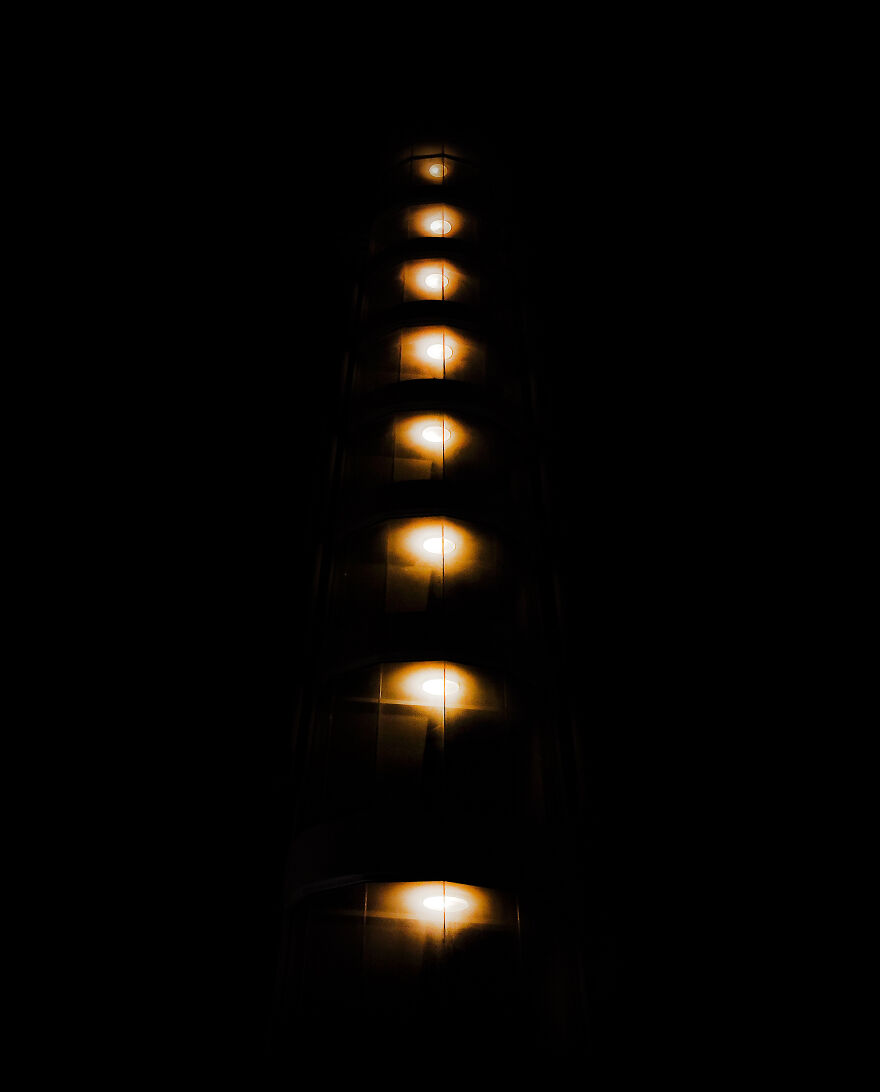At 34, Mahmood feels trapped in a life that seems more suffocating with each passing day. Living in Oman, a country known for its warmth and opportunities, he instead faces the harsh reality of systemic issues like racism and discrimination, which only deepen his struggles.
Caught between the pizza delivery guy and the gynecologist, he feels stuck in a situation where everyone can sense the challenges but no one can truly understand them.
As a foreigner, opportunities feel limited, and the constant sense of exclusion from mainstream society weighs heavily on him. Despite his efforts, finding a job has proven impossible, leaving him without purpose or financial stability. He’s yearning for a connection with a pretty young thing, but remains “Professionally Single,” wary of the potential burden of marriage, which he jokingly refers to as “WIFE”—Worries Invited For Ever.
#1 Street Lights Photography
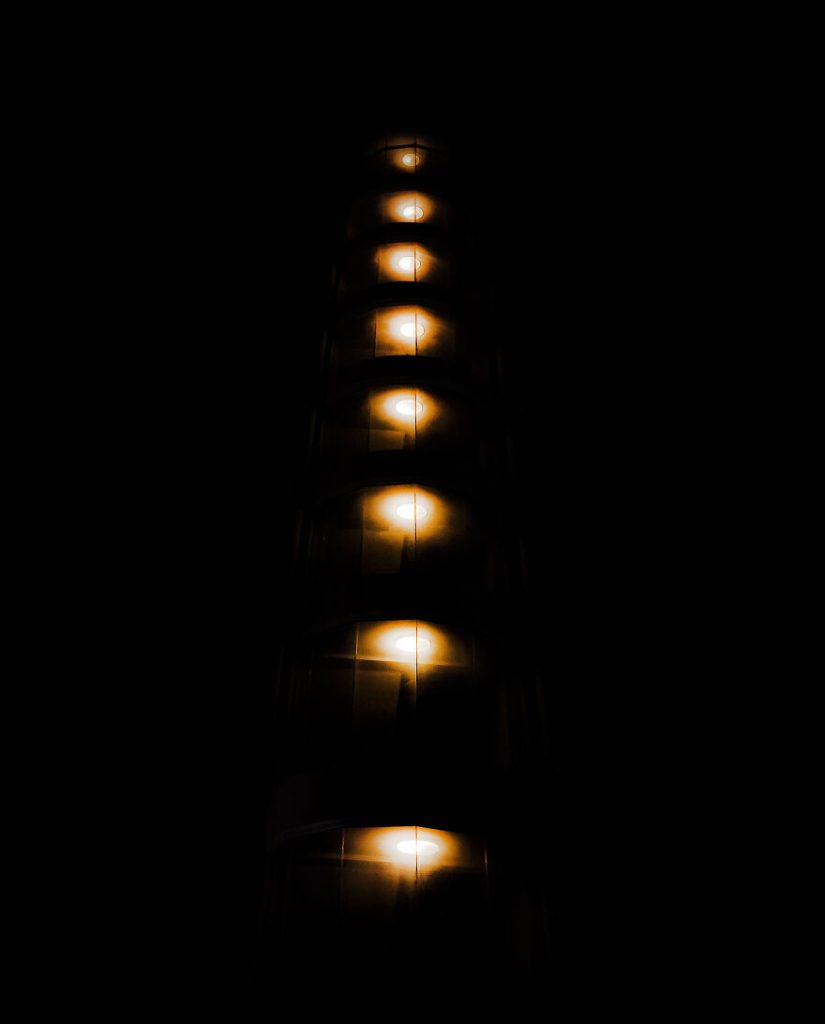
Without support or inspiration, Mahmood finds the world increasingly bleak. Freedom, an essential aspect of life, feels out of reach. In the midst of this isolation, he founded Émerveiller Design Lab and turned to photography—street, product, wedding, nature, and architecture—as a creative outlet.
In a lighthearted way to cope, he jokes that he’s becoming so dull that one night he slept with a ruler next to his head to measure how long he was asleep.
However, what began as a form of expression now reflects his inner turmoil. The photographs, intended to capture the beauty around him, instead reveal darkness and despair—empty streets, stark building lines, and shadows creeping into every frame.
Struggling to explore his ideas or convey his feelings, his pain only deepens, stretching longer with each passing year. Even the difference between “Oooooh” and “Aaaaaah” is just a matter of a few inches.
#2 Street Lights Photography
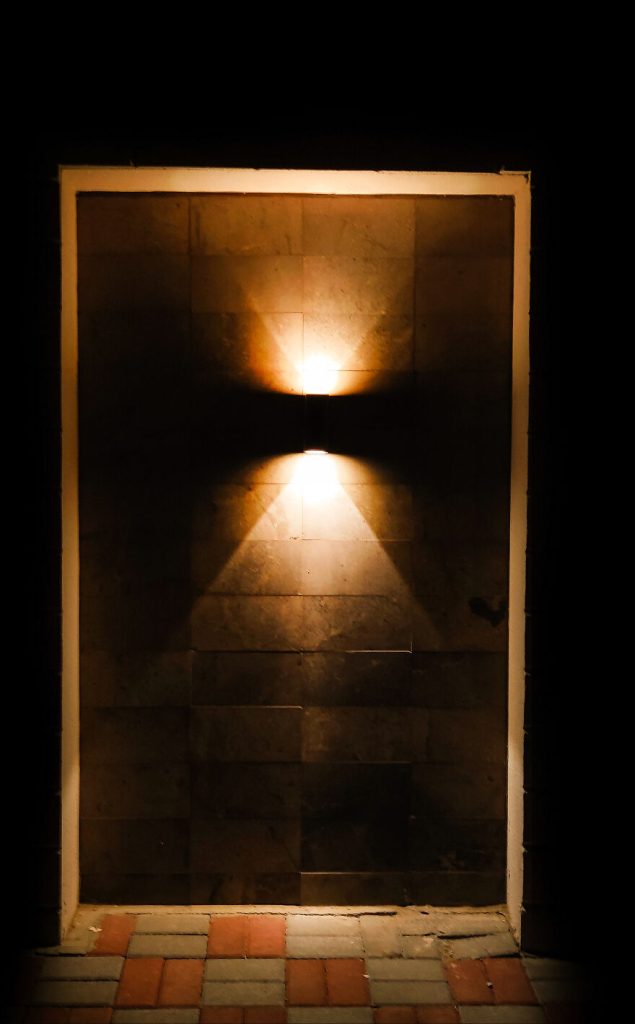
#3 Street Lights Photography (2024)
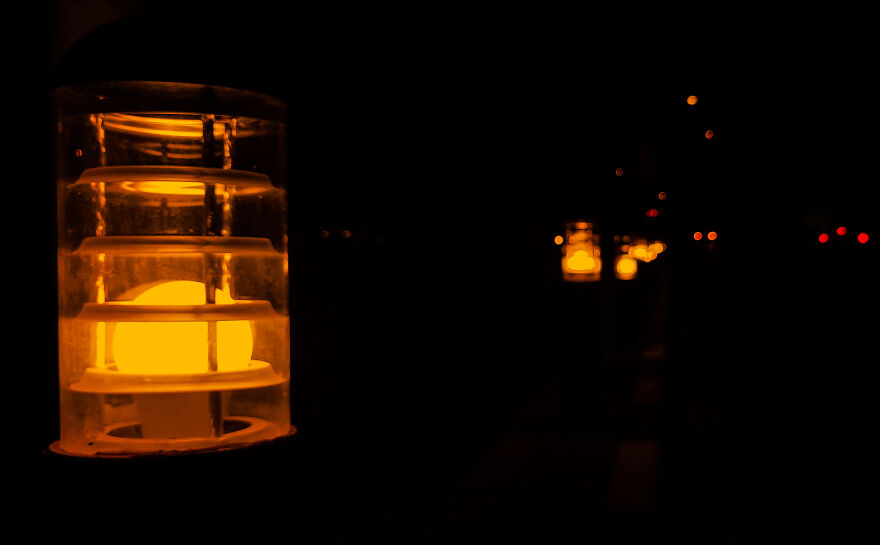
Through his lens, Mahmood sees not just the physical structures of goddamn Arab country Oman but a reflection of his emotional state. The lack of color, the overwhelming shadows, and the lonely streets are metaphors for his own struggles. They represent the feeling of being invisible, overlooked, and trapped in a place that offers no comfort or understanding.
In a world where society feels like a barrier rather than a support system, his work has unintentionally become a diary of his isolation.
His photography, though somber, is a testament to his existence—silent but undeniable. Yet, despite this outlet, the weight of daily suffocation remains, making each day harder to endure.
We know an African wise saying: “If you go to sleep with an itching buttock, you are sure to wake up with smelly fingers.” Maybe that is the reality of his fate, where hope is hospitalized (gunned down) by depression.
#4 City Street Lights Photography Year 2024

#5 City Street Dark Mood Dramatic Lights Photography Year 2024
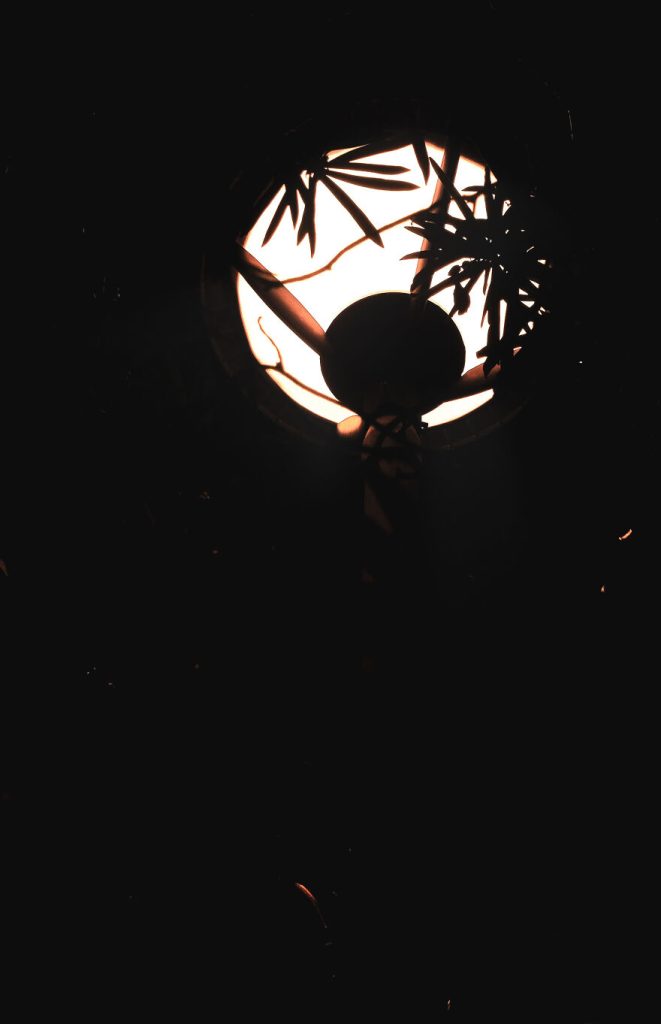
#6 Cinematic Art City Street Lights Photography Year 2024
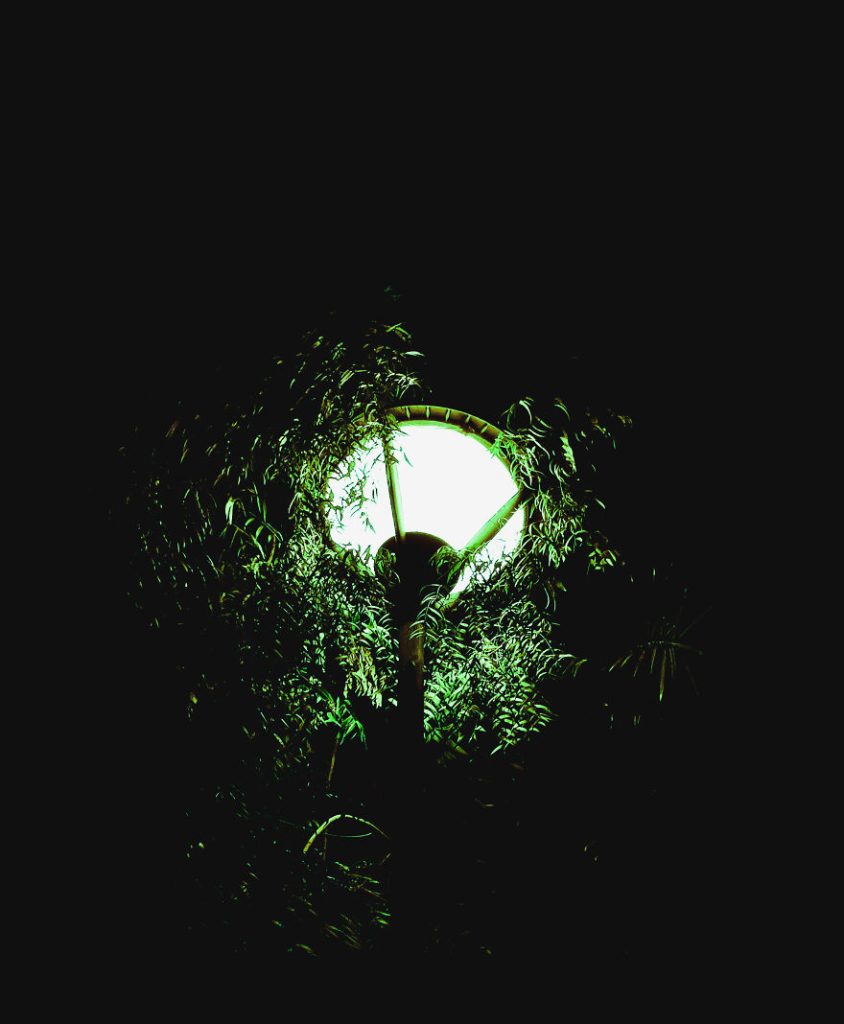
#7 City Street Lights Photography Year 2024
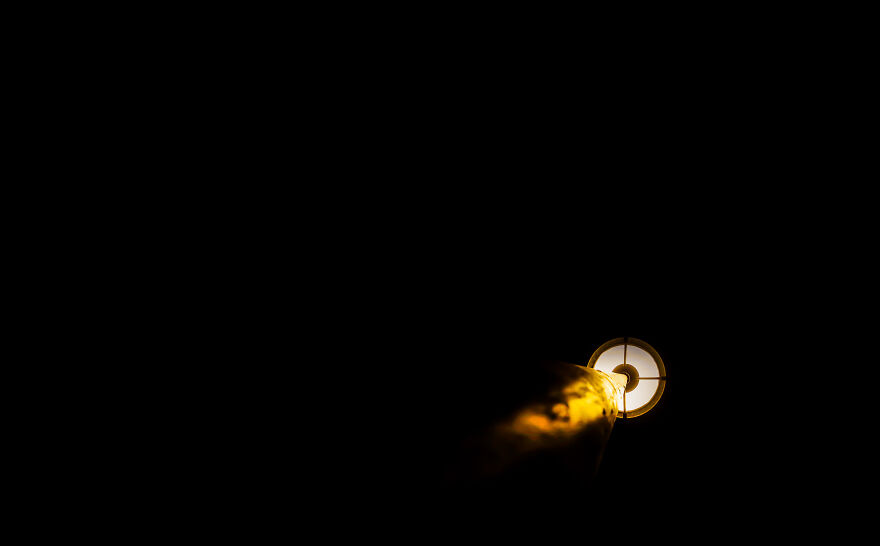
#8 City Street Lights Photography Year 2024
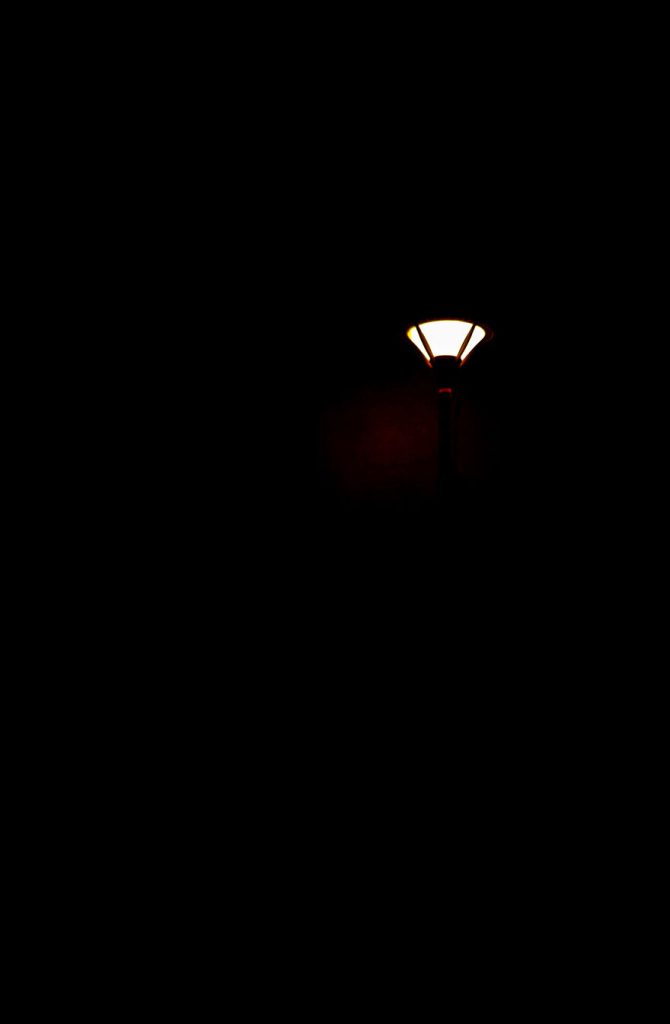
#9 Pastel Colour Minimalist Bauhaus Style Architectural Photography 2024
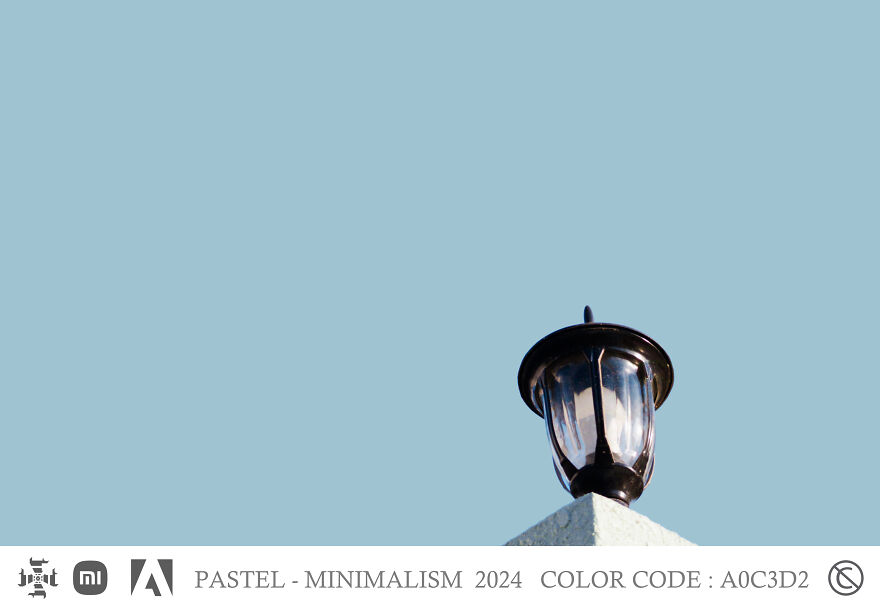
#10 Pastel Colour Minimalist Architectural Photography

